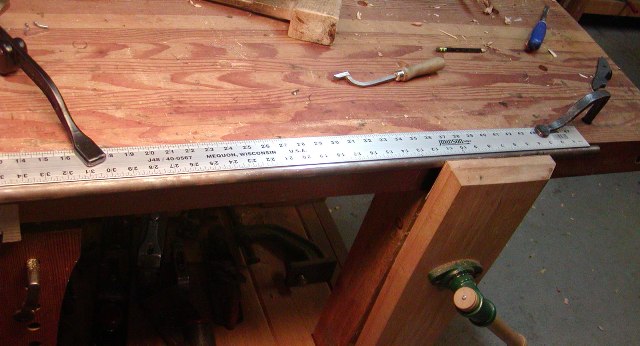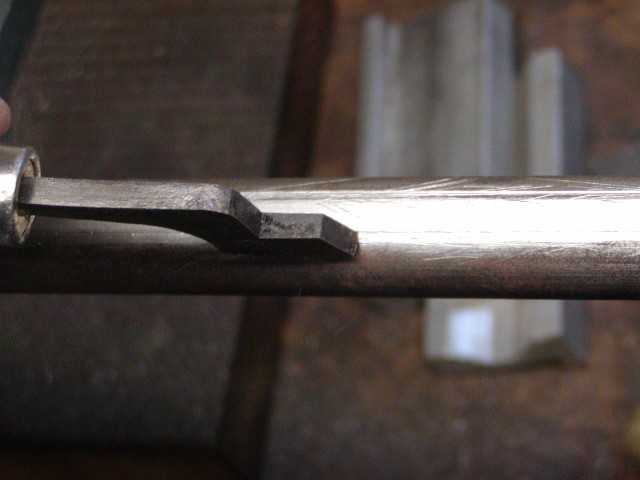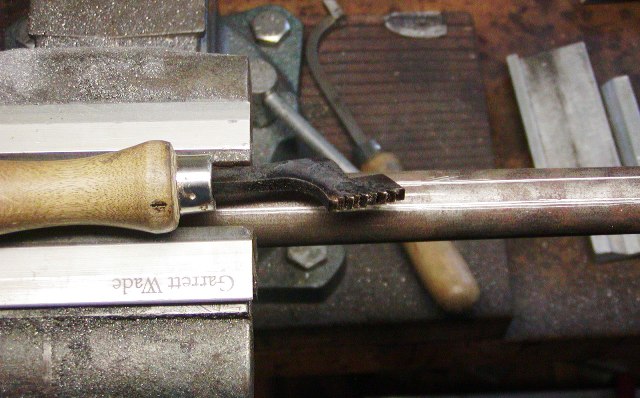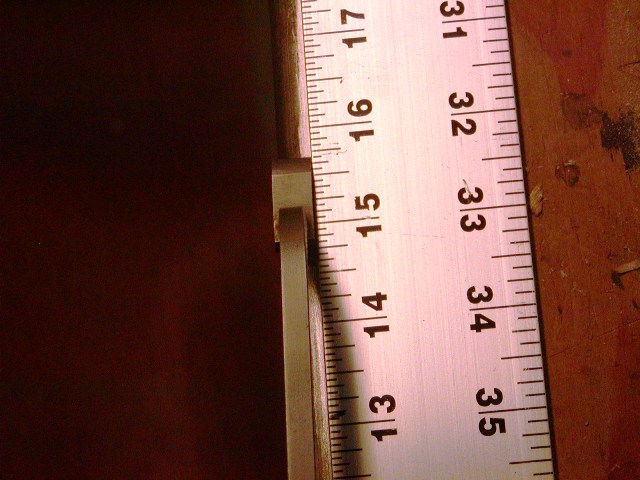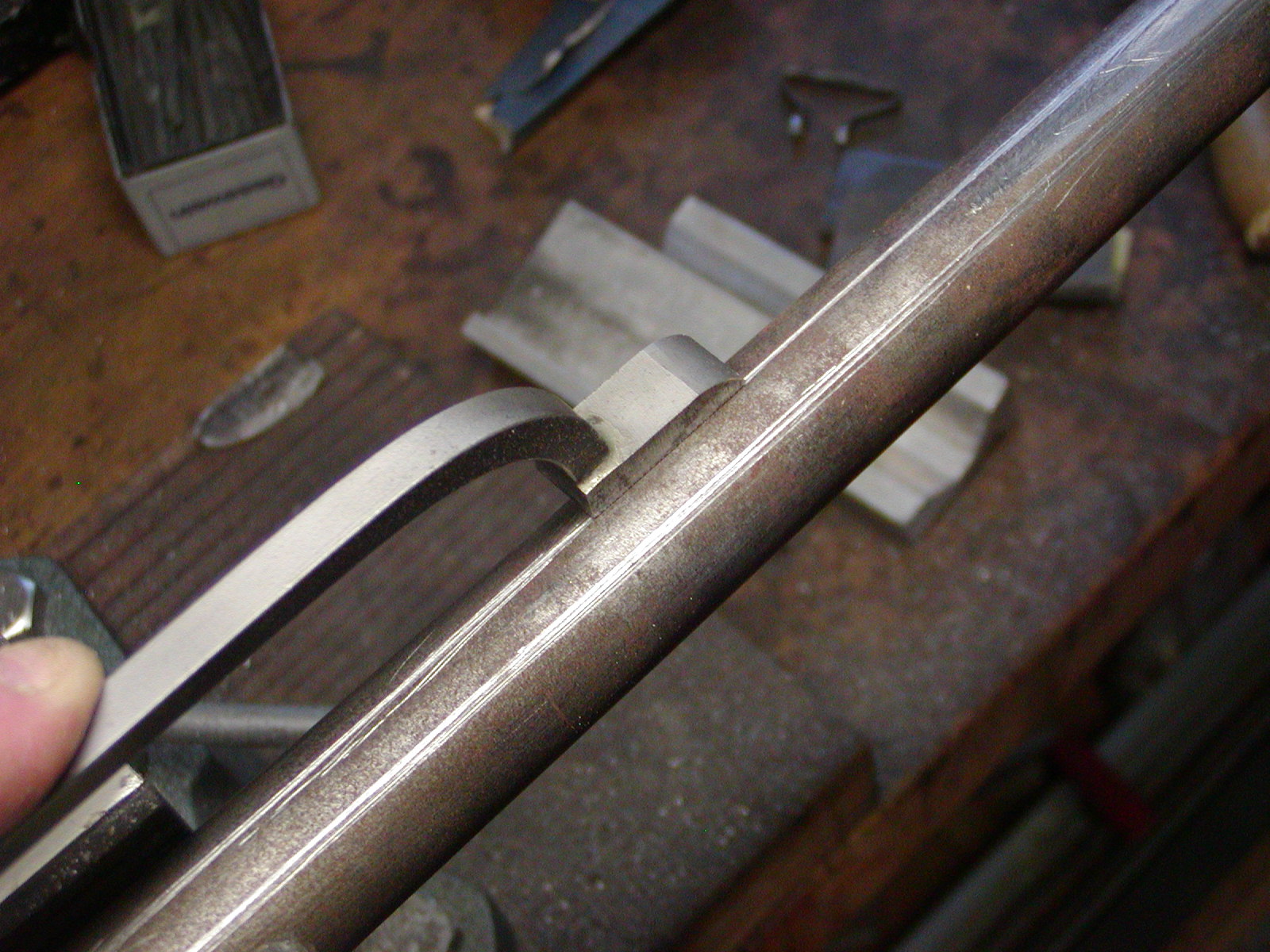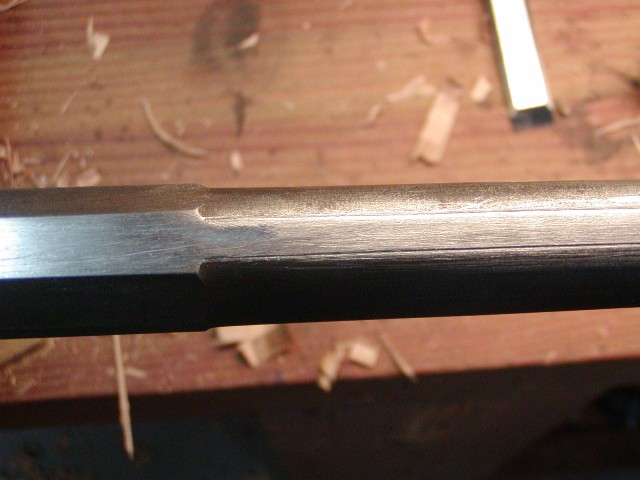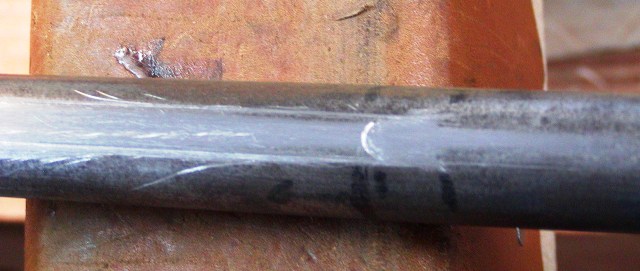Cruzatte
50 Cal.
This is a historical question about gun building in the 18th century; specifically French gun building. An optional feature on some French export fusils was a sighting rib milled along the top of the barrel thus extending the top flat from breech to muzzle. In the photographs I've seen, there appears to be no sight mounted to the barrel. Some of the guns were cut down; one or two I've seen may not have been cut down. I couldn't really be sure.
So the questions are:
So the questions are:
- If there were a sight present originally, how was it mounted; dovetailed into the barrel, like on a rifle (doubtful), or a slot filed into the sighting rib and the blade soldered into place? (possible)
- If neither of the above, was the sighting rib the sight?





